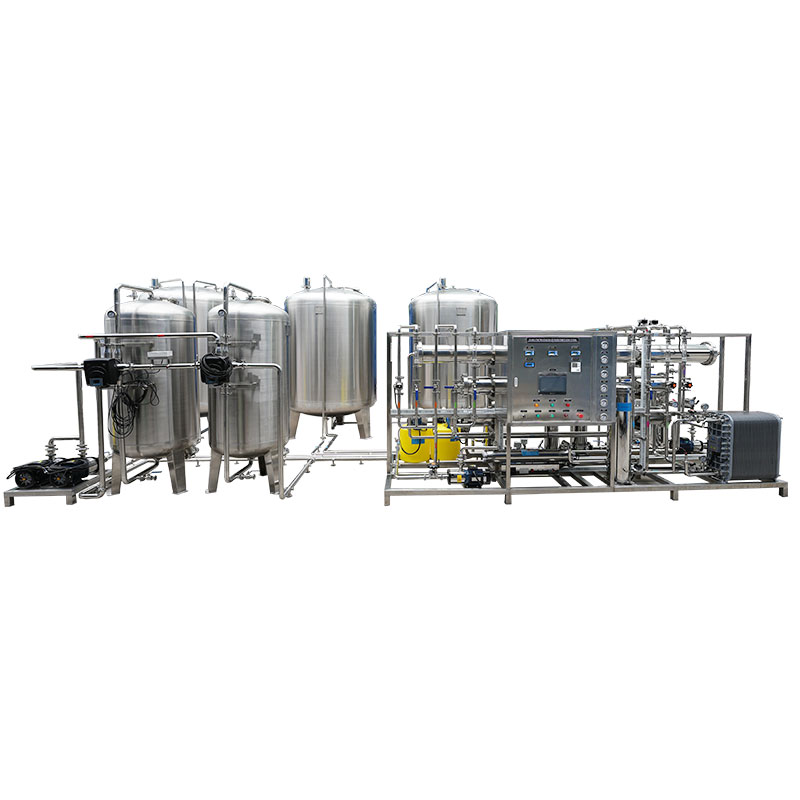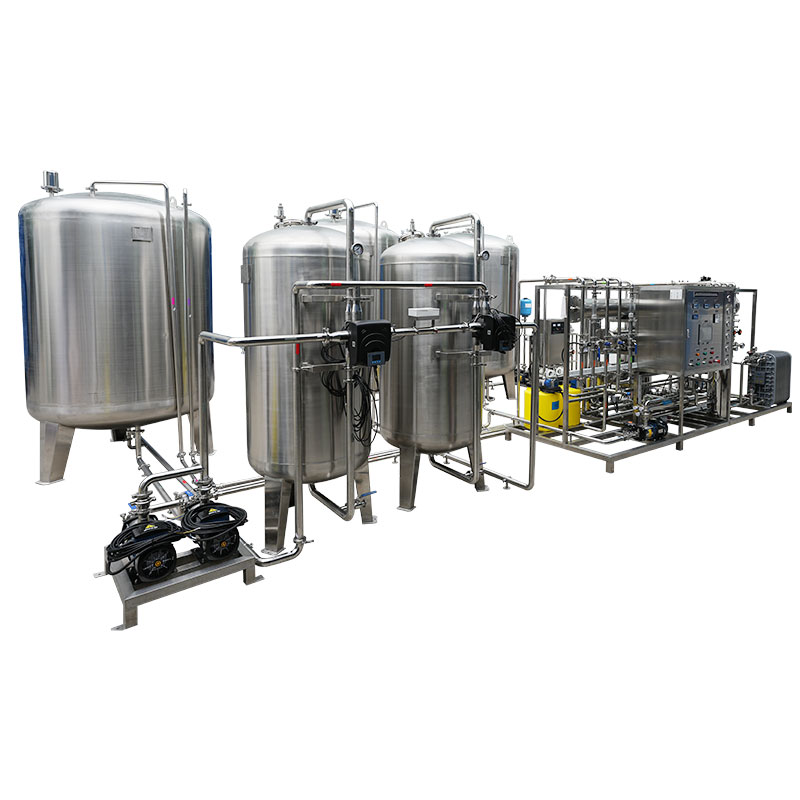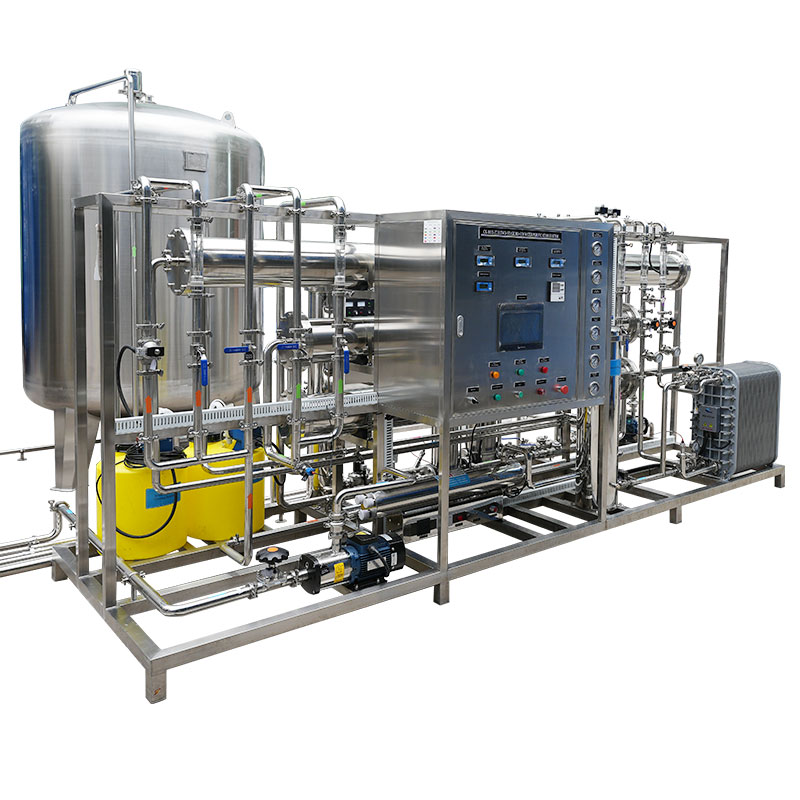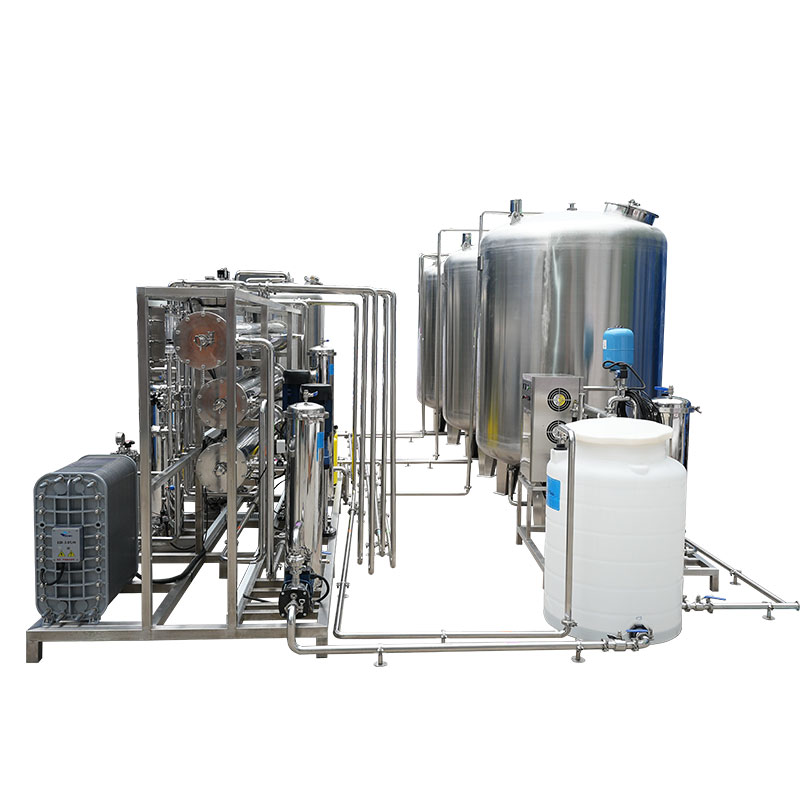Electrodeionization: An Advanced Water Purification Technology
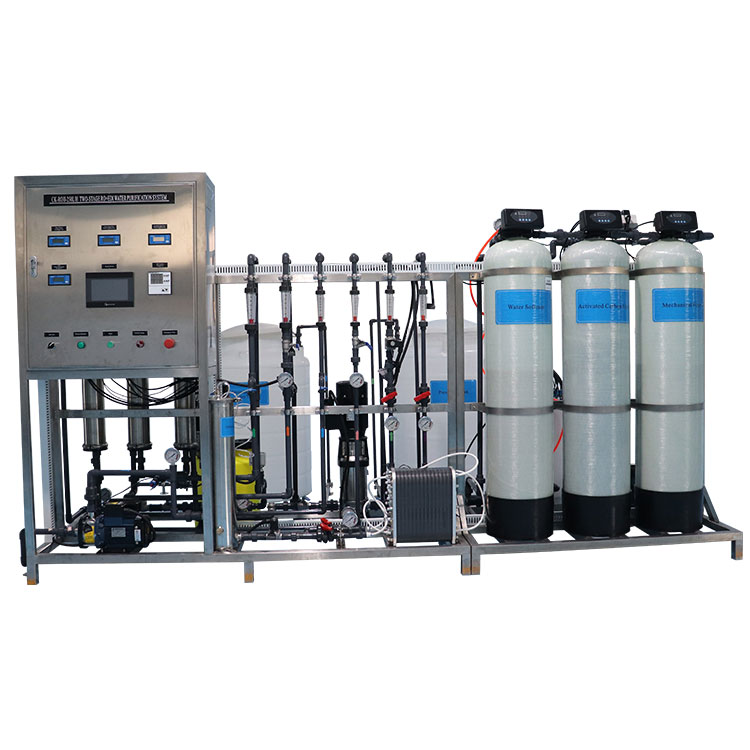
Water purification has continued to evolve over the years, with new technologies emerging to increase efficiency and reduce environmental impact.
One such technology is electrodeionization (EDI), an innovative process that combines electricity, ion exchange membranes, and resin to purify water.
In this comprehensive guide, we delve into the intricacies of the EDI process, its benefits, and its applications in modern water treatment systems.
Understanding Electrodeionization
Electrodeionization, often referred to as EDI, is an advanced water treatment method that uses electrical current to deionize water.
This green solution removes ions from water by employing electrically active media, eliminating the need for hazardous chemicals frequently used in conventional water treatment methods.
The result is ultra-pure water, which meets and often exceeds the high-purity standards of many industries.
The Science Behind Electrodeionization
The EDI process involves the passage of an electrical current through an electrolyte solution. This current initiates the movement of positively and negatively charged ions towards the oppositely charged electrodes. The process effectively splits water molecules, driving the evolution of the EDI technology.
To picture this process, imagine a battery connected to two electrodes immersed in a saltwater bath. When the electrical charge is introduced, a reduction reaction occurs at the cathode (negative electrode), releasing hydrogen gas and leaving behind hydroxyl (OH-) ions. Simultaneously, an oxidation reaction takes place at the anode (positive electrode), releasing oxygen gas and leaving behind hydrogen (H+) ions.
The Role of Electrodialysis in EDI
In an EDI system, the electrodialysis process plays a crucial role. Electrodialysis, like electrodeionization, uses an electrical current, but this time to drive ions across a semipermeable membrane. The system is designed with a membrane that allows only the passage of cations (OH- ions) positioned next to the cathode and a membrane permeable to anions (H+ ions) positioned next to the anode.
When the electrical charge is applied, the ions move across the membranes out of the central saline solution chamber to their respective electrodes. This process leaves behind the constituents of the salt molecules and any other impurities.
The Evolution from Electrodialysis to Electrodeionization
While electrodialysis is effective, it has its limitations. As water purity increases, the system's voltage requirement also increases, sometimes exceeding 600 volts, leading to issues such as arcing. This is where electrodeionization comes in.
EDI overcomes the limitations of electrodialysis by introducing ion exchange (IX) resins, or ionically conductive media, into the central chamber. This innovation allows the ions to migrate out of the central, dilute chamber without the need for high voltage.
The Electrodeionization Process
The EDI module consists of a set of chambers filled with ion exchange resins and separated by ion-exchange membranes. Water enters the module, and an applied electrical field at right angles to the flow forces ions to move through the resins and across the membranes.
These impurity ions are collected into concentrate streams, which can be directed to drain or recycled. The deionized product water can be used directly or undergo further treatment for enhanced water purity.
Benefits of Electrodeionization
One of the significant benefits of EDI systems is their continuous regeneration feature. Unlike traditional ion exchange beds that operate in batch mode and exhaust over time, the ion exchange beds in EDI systems regenerate continuously. This continuous regeneration means that the resin does not exhaust, and the impurities removed via the concentrates do not build up.
Another benefit of EDI is its consistent purity levels, an advantage over single-bed ion-exchange systems that may release weakly bound ions as the media exhausts. This consistent purity, combined with the smaller volumes of resin in an EDI module, also reduces the release of organic impurities.
Applications of Electrodeionization
EDI technology finds application in several units, including the MEDICA range and the PURELAB Chorus 2+ from ELGA. These units offer reduced operating costs for users with increased water demand.
Moreover, EDI systems from companies like Chunke Water Treatment, a leading manufacturer from China, are designed and produced with the highest standards in mind. They have proved to be beneficial in numerous industries, including pharmaceutical and power plants, owing to their high-quality output and efficient operation.
The Role of Reverse Osmosis in EDI Systems
Reverse osmosis (RO) often acts as a preliminary treatment stage before EDI. The RO process removes a significant amount of contaminants from the water, reducing the load on the EDI system.
Some EDI water systems even use a double pass reverse osmosis system, which further enhances the quality of the water entering the EDI module. This double pass RO system, combined with other techniques like membrane degassing, helps reduce the CO2 levels in the water, enhancing the EDI performance and reducing the potential for scaling.
Final Thoughts
In summary, electrodeionization represents a significant advancement in water purification technology. By combining the principles of ion exchange, electrodialysis, and electricity, it effectively removes ions from water, producing high-purity water without the need for harmful chemicals. As we continue to seek more sustainable and efficient water treatment methods, technologies like EDI will undoubtedly play a crucial role in shaping the future of water purification.
